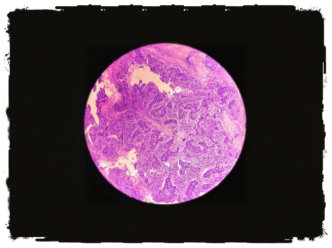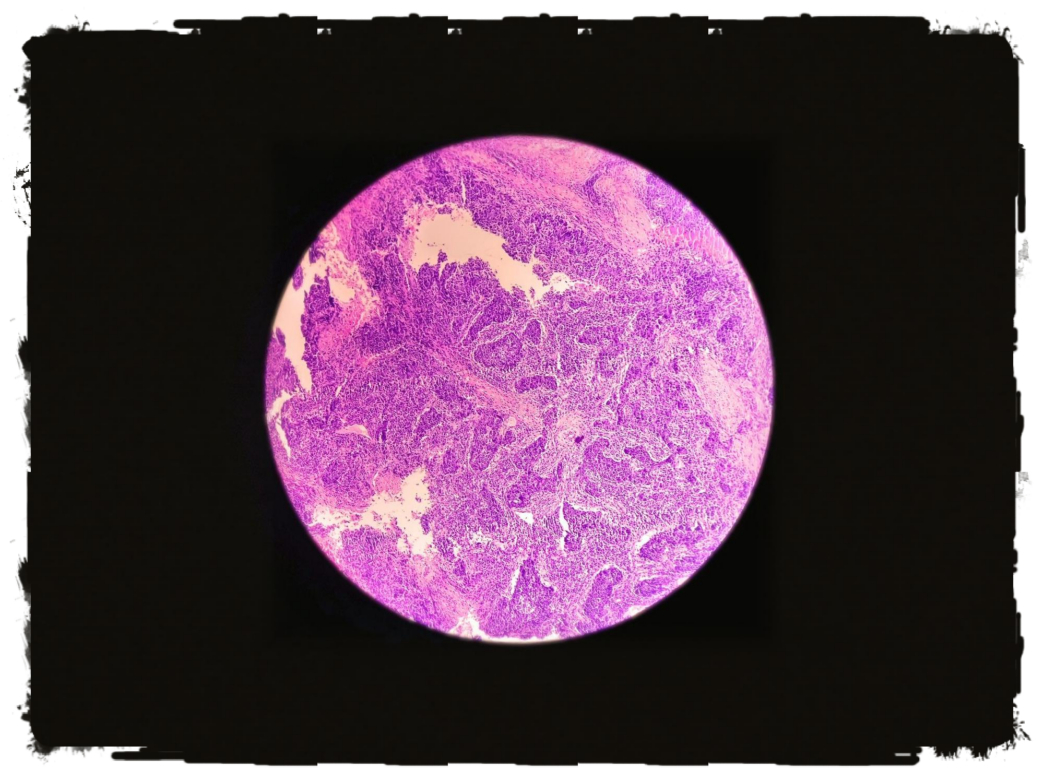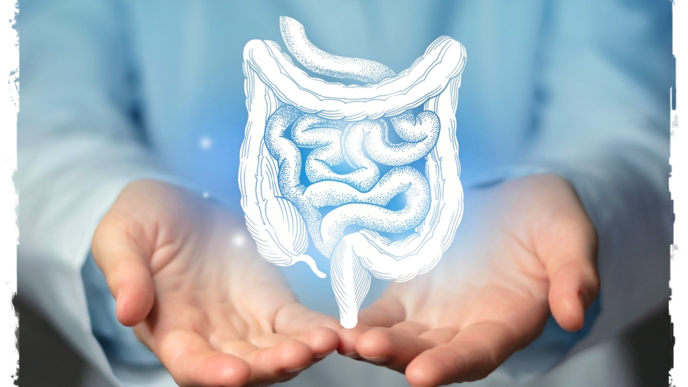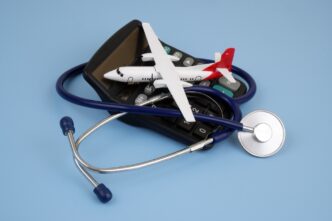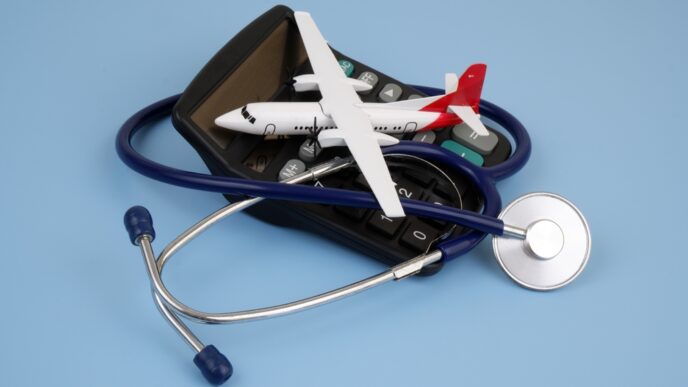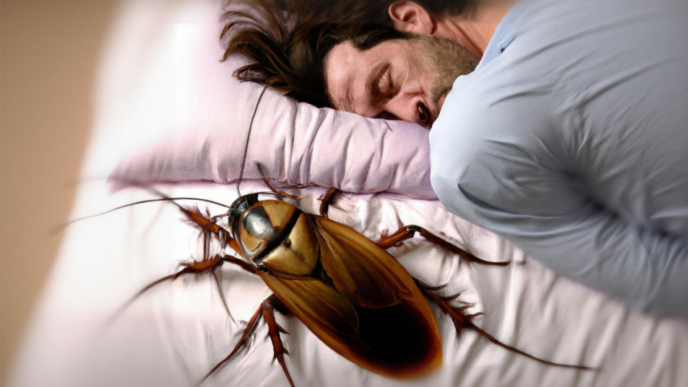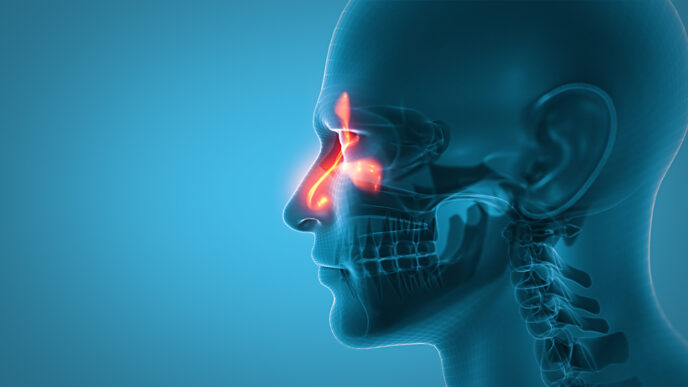Learn why nasopharyngeal cancer is known as the ‘Cantonese cancer’ and discover important information about its symptoms, risk factors, and available treatments for better awareness and prevention.
WORDS LIM TECK CHOON
 FEATURED EXPERT FEATURED EXPERTPROFESSOR DATO’ DR BALWANT SINGH GENDEH Senior Consultant Ear, Nose, and Throat (ENT) Surgeon Pantai Hospital Kuala Lumpur |
THE CANTONESE CANCER?
- Nasopharyngeal cancer (NPC) isn’t common, but it affects a strikingly high number of Chinese and Bidayuh people.
- Southern China, especially the Guangdong province and Hong Kong, reports the highest incidences of NPC in the world.
- Hence, NPC is also known as the Cantonese cancer!
In Malaysia, the Chinese and Bidayuh Are Most at Risk of NPC
Professor Dato’ Dr Balwant Singh Gendeh reveals that researchers had traced the migration history of people in this province across the world throughout the last few centuries, and unsurprisingly, many Chinese and the Bidayuh people in Malaysia trace their roots back to Southern China.
Hence, the threat of NPC is also high among them compared to other races in this country.
WHAT’S THE NASOPHARYX?
To have a better understanding of NPC, we need to first have a closer look at the nose.
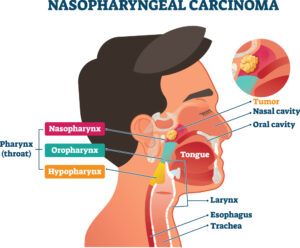
Professor Dr Balwant explains that:
- When we breathe in, the air travels through our nostrils to the upper part of our throat, behind our nose.
- As the air moves down to the lungs, it passes through our nasal cavity and past the chamber known as the nasopharynx.
- The nasopharyx is located behind the nose, above the soft part (soft palate) of the mouth.
- From the nasopharynx, air will head down the throat and to the lungs.
A CANCER IN THE NASOPHARYNX
Similar to other cancers, nasopharyngeal carcinoma (NPC) arises when abnormal cells begin to grow and divide without stopping.
#1 Normal Cell Functions Break Down
- Normal cells have internal processes that will stop growth and division once there is no longer any need for further growth and division, but these processes break down in cancerous cells.
- Also, normal cells die once they become old or damaged, but the processes that activate cell death tend not to work properly in cancerous cells.
- As a result, cancer cells will just keep growing and increasing in number, and worse, they live long past their expected life span. Consequently, these cells form masses called malignant tumours.
#2 Cancer Cells Invade and Damages Surrounding Tissues
- Over time, the growing malignant tumour will begin to press against surrounding tissue, eventually invading into the space of its neighbours.
- In the case of NPC, the tumour invades the throat, the bones of the surrounding region and eventually the brain.
- If left unchecked, this will lead to extensive damage to these organs.
#3 The Cancer Spreads to Other Organs
- These cancer cells can spread to distant organs to form malignant tumours in those organs.
- Professor Dr Balwant explains that NPC can easily spread to the lungs, liver, and bones, due to the rich network of lymphatic and blood vessels in the nasopharynx connecting to other parts of the body.
This process is called metastasis. When this occurs, the cancer is said to be at its most advanced stage. Good treatment outcome is difficult to achieve at this stage.
EARLY DETECTION IS CRUCIAL FOR BETTER TREATMENT OUTCOME
NPC should ideally be diagnosed and treated at its early stage. The earlier treatment begins, the better are the chances for a good treatment outcome.
In order to catch NPC at its early stage, we need to first look at the people who are most at risk and hence should be more watchful of potential signs of NPC, as well as the signs to watch out for.
WHO IS AT RISK OF NPC?
Members of High-risk Populations
- Professor Dr Balwant shares that, in Malaysia, the prevalence is much higher among the Chinese and the Bidayuh populations.
- The prevalence among Indians is fairly low, while that of the Malays is somewhere in between.
People That Consume High Amounts of Salt
- This is a theory developed after researchers examined the typical South-East Asian diet which usually includes salted vegetables, fish, and eggs.
- Professor Dr Balwant adds that hot soups are often part of the Chinese diet, which could also be another dietary factor that increases the NPC risk.
- Diets high in salt and/or hot soups and foods may irritate the mucosal lining of the nose, which in turn makes it easier for the Epstein-Barr virus to infect the cells in the affected areas.
The Epstein-Barr Virus Connection
This link between NPC and the Epstein-Barr virus has led to the development of a blood test to screen for one’s risk of NPC.
|
People with a Family History of Cancer
People whose family members had NPC should consult an ENT specialist on how to reduce the risk and how to spot the symptoms of NPC.
People That Are Constantly Exposed to Cancer-Causing Chemicals (Carcinogens)
This includes smokers and people exposed to occupational solvents or wood dust as part of their work over long periods of time.
HOW DO WE KNOW IF WE MAY HAVE NPC?
Professor Dr Balwant shares that the people with the following symptoms are normally referred to an ENT specialist for further examination, in order to rule out NPC:
- Hearing loss (usually in one ear). Professor Dr Balwant says that this is usually the first symptom seen among people with NPC.
- A lump on one side of the neck. Some people may have lumps on both sides. These lumps are usually not painful.
- Persistent headaches.
- Nosebleeds and/or blood in the saliva.
- Facial numbness.
- Double vision (diplopia).
HOW IS NPC TREATED?
Radiation Therapy
- Cancer cells are very sensitive to radiation, so this remains an effective treatment option for many NPC patients.
- In this therapy, high-energy X-ray beams are aimed at the main nasopharyngeal tumour as well as nearby lymph nodes to destroy the cancer cells.
- There are possible side effects, but most are temporary and will improve over time. One significant side effect that may be permanent is dry mouth.
“Dry mouth is caused by the salivary glands being damaged due to radiation therapy,” Professor Dr Balwant explains.
- People with dry mouth cannot produce normal amounts of saliva, and hence they have problems eating and swallowing.
- Fortunately, there are medications, mouth rinsers and assistive devices such as a humidifier to ease the discomfort caused by this condition.
Chemotherapy
- These are medications that are prescribed to kill cancer cells.
- Chemotherapy is often given alongside radiation therapy to optimize the elimination of cancer cells in the patient.
- It may also be given before radiation therapy begins to reduce the size of the tumour.
Patients may experience side effects from chemotherapy, but most of these effects are temporary in nature. Professor Dr Balwant assures us that there are usually ways to reduce pain or discomfort caused by these side effects.
Surgery (Neck Dissection)
- This typically involves the removal of lymph nodes that contain cancer cells and do not respond well to other forms of treatment.
- If there is evidence of residual or recurrent tumour in the nasopharynx, it can be surgically removed via a procedure called endoscopic visualization or nasopharyngectomy.
|
NPC treatments may affect the patient’s speech, hearing, and ability to eat and swallow. Hence, many patients will be working closely with speech therapists and audiologists in the months following treatment completion to restore their quality of life. A dental specialist can help with management of dry mouth and various aspects of dental health. |
| This article is part of our series on cancers and their nature, symptoms, and treatment options. |

